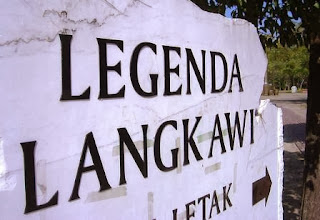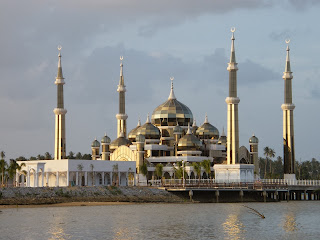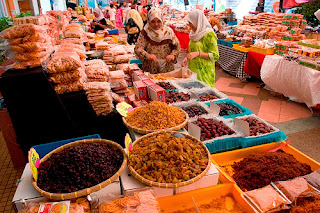The fun never stops at Genting, City of Entertainment, perched on the top of cool, breezy Genting Highlands. One big attraction in Genting is the cool weather. Because of the 2,000m altitude, Malaysians like to visit just to enjoy the 'European' weather!
In the evening, there is spectacular entertainment at the Genting International Showroom or Pavilion, be it a thrilling magic show or an ice-skating extravaganza. There are also opportunities to go shopping at First World Plaza, visit the indoor and outdoor theme parks and feast on a wide range of delicious food at the many restaurants.
The First World Plaza indoor theme park / shopping complex features a series of fun rides and six theme areas named after famous cities and landmarks from around the world - France (Champs Elysees), England (London), Italy (Venice), America (Times Square and Universal Walk), Switzerland (Swiss Alps) and Malaysia (Genting Walk).
The Snow World features a log cabin, an igloo, toboggan slides and a snowy play area. It's cold in here, so remember to wear warm clothing. Children will surely love the Rainforest Splash Pool, although the air is chilly, the pool is filled with warm water.
Other attractions are Genting Sky Venture, the only free-fall skydiving simulator in Asia, and Genting X-pedition Wall, an international-standard rock-climbing wall stretching to 15 metres in height, with a 6-metre overhang. There is also bowling, a video arcade, a cineplex and many more fun rides. One of the most popular attractions is the casino, the only one in Malaysia.
Source : www.tourism.gov.my



















































